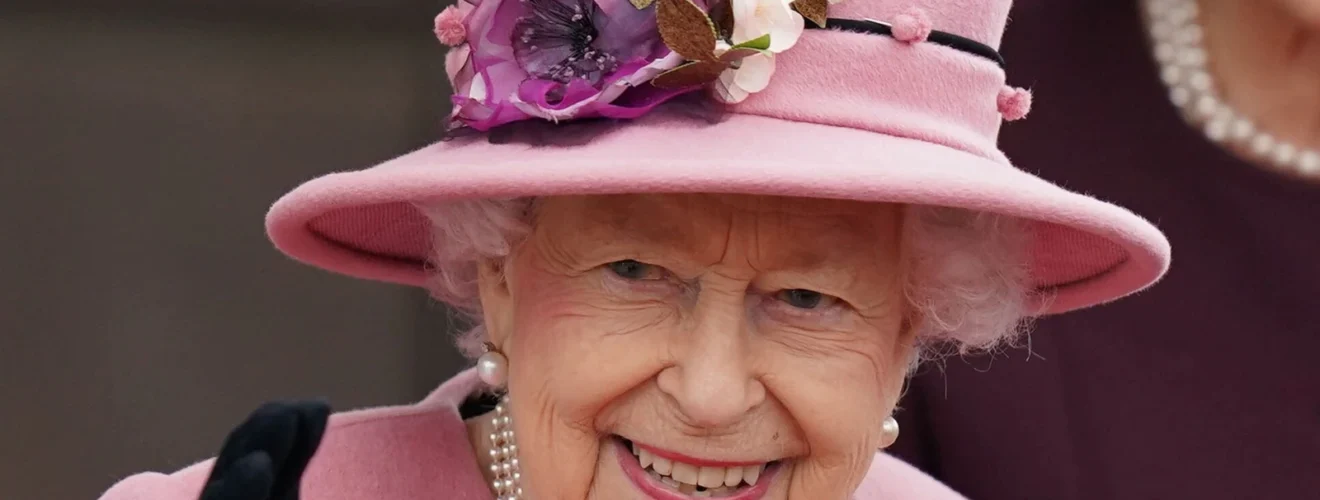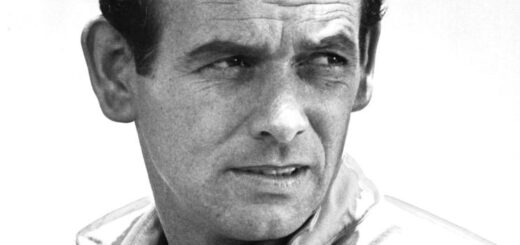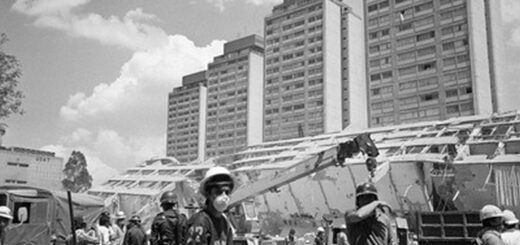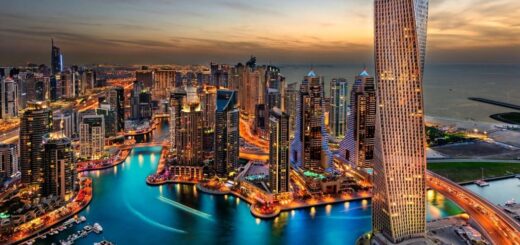Queen Elizabeth II’s Life

“The Queen ruled for longer than any other Monarch in British history, becoming a much loved and respected figure across the globe. Over 70 years, Her Majesty was a dedicated Head of the Commonwealth, linking more than two billion people worldwide“
Childhood and Education of a Princess
When Elizabeth Alexandra Mary, the elder daughter of Prince Albert, Duke of York, and his wife, Lady Elizabeth Bowes Lyon, was born on April 21, 1926, she apparently had little chance of presumptuous the throne, as her father was a younger son of King George V.
But in late 1936, her uncle, King Edward VIII, abdicated to marry an American divorcée, Wallis Simpson. As a outcome, her father became King George VI, and 10-year-old “Lilibet” became the heir presumptive to the throne.
Though she used up much of her childhood with nannies, Princess Elizabeth was influenced greatly by her mother, who instilled in her a religious Christian faith as well as a keen understanding of the demands of Royal life. Her grandmother, Queen Mary, consort of King George V, also instructed Elizabeth and her younger sister Margaret in the higher points of royal protocol.
Sophisticated by private tutors, with an emphasis on British history and law, the princess also studied music and learned to converse fluent French. She trained as a Girl Guide and developed a lifelong passion for horses.
As queen, she kept many thoroughbred racehorses and frequently attended racing and breeding events. Elizabeth’s famous connection to Pembroke Welsh corgis also began in childhood, and she owned more than 30 corgis over the course of her reign
Elizabeth’s Coronation
With her father’s health declining in 1951, Elizabeth stepped in for him at various state functions. After spending that Christmas with the Royal family, Elizabeth and Philip gone on a tour of Australia and New Zealand, making a stopover in Kenya route.
They were in Kenya on February 6, 1952, when King George VI succumbed to lung cancer at the age of 56, and his 25-year-old daughter became the sixth woman in history to ascend to the British throne. Her formal coronation as Queen Elizabeth II took place on June 2, 1953, in Westminster Abbey.
In the first decade of her reign, Elizabeth settled into her role as queen, developing a close bond with Prime Minister Winston Churchill (the first of 15 prime ministers she would work with during her reign), weathering a foreign affairs disaster in the Suez Crisis of 1956 and making numerous state trips abroad.
In response to pointed criticism in the press, the queen embraced steps to modernize her own image and that of the monarchy, including televising her annual Christmas broadcast for the first time in 1957.
Elizabeth and Philip had two more children, Andrew (born 1960) and Edward (born 1964). In 1968, Charles was formally invested as the Prince of Wales, marking his coming of age and the beginning of what would be a long period as king-in-waiting.
Queen Elizabeth’s Silver Jubilee in 1977, marking her 25 years on the throne, proved a bright spot in an era of economic struggles. Always a vigorous traveler, she kept a punishing schedule to mark the occasion, traveling some 56,000 miles around the Commonwealth, including the island nations Fiji and Tonga, New Zealand, Australia, Papua New Guinea, the British West Indies and Canada
The working Queen
Travel in the UK and overseas conquered much of Her Majesty’s working life. Before she became Queen, she had said, “There is none of my father’s subjects from the oldest to the youngest whom I do not wish to greet.” During her reign, she visited every realm and every region of the UK, returning to some many times over.
Though much of Her Majesty’s daily working life was spent in contact with her UK and Commonwealth ministers and representatives, it was her presence in these places during her many official visits which carried the most significance for those who lived there.
State duties
The Queen’s famous red boxes carried the State papers which Her Majesty was presented with every day of her working life. Her duties included formally agreeing to make bills into Acts of Parliament, or laws.
She also had a special relationship with her Prime Ministers, meeting with them on a regular – usually weekly – basis. She was famously able to ‘encourage or warn’ whilst always remaining politically neutral.
Royal Scandals
In 1981, all eyes were on the royal family once again as Prince Charles wed Lady Diana Spencer at St. Paul’s Cathedral in London. Though the couple soon welcomed two sons, William and Harry, their marriage quickly imploded, causing considerable public embarrassment for the queen and the entire royal family.
In 1992, Elizabeth’s 40th year on the throne and her family’s “Annus Horribilis” (according to a speech she gave that November) both Charles and Diana and Prince Andrew and his wife, Sarah Ferguson, separated, while Princess Anne and her husband, Mark Phillips, divorced.
A fire also broke out at Windsor Castle that same year, and amid public outcry over the use of government funds to restore the royal residence, Queen Elizabeth agreed to pay taxes on her private income. This was not required by British law, though some earlier monarchs had done so as well.
At the time, her personal fortune was estimated at $11.7 billion. In another modernizing measure, she also agreed to open the state rooms at Buckingham Palace to the public for an admission fee when she was not in residence.
Lady Diana’s Death
After Charles and Diana divorced in 1996, Diana remained extremely popular with the British and international public. Her tragic death the following year triggered a fabulous outpouring of shock and grief, as well as outrage at the royal family for what the public saw as its ill treatment of the “People’s Princess.”
Though Queen Elizabeth at first kept the family including Princes William and Harry out of the public eye at Balmoral, the unprecedented public response to Diana’s death persuaded her to return to London, make a televise speech about Diana, greet mourners and allow the Union Jack to fly at half-mast above Buckingham Palace.
A Modern Monarchy
The queen’s fame, and that of the whole royal family, rebounded during the first decade of the 21st century. Though 2002 marked Queen Elizabeth’s Golden Jubilee 50 years on the throne the death of her mother (the beloved Queen Mother) and sister early that year cast a pall on the merriment.
In 2005, the queen enjoyed public support when she gave her assent to Prince Charles’ once unthinkable marriage to his longtime love Camilla Parker Bowles.
In her 07th decade on the throne, Queen Elizabeth presided over the pomp and circumstance of another royal wedding at Westminster Abbey, that of Prince William to Catherine Middleton in April 2011. The Duke and Duchess of Cambridge, who are in line to become Britain’s next king and queen, continued the line of succession with their children, Prince George was born in 2013, Princess Charlotte was born in 2015 and Prince Louis was born in 2018.
In September 2015, Elizabeth surpassed the record of 63rd years and 216 days on the throne set by Queen Victoria to become the longest reigning British monarch in history. A consistent presence by his wife’s side and one of Britain’s busiest royals for much of her reign, Prince Philip stepped down from his royal duties in 2017, at the age of 96. That same year, the royal couple celebrated 70 years of marriage, making theirs the longest union in the history of the British monarchy. Philip passed away in 2021, at the age of 99.
In May 2018, Prince Harry wed the American actress Meghan Markle, a biracial divorcée. The couple had a son, Archie Mountbatten Windsor, in 2019, and a daughter, Lilibet Diana Mountbatten Windsor, in 2021. Harry and Meghan announced they would be stepping back from senior royal duties in January 2020 and subsequently relocated to Los Angeles.
Rumors swirled at various times that Queen Elizabeth would step aside and let Prince Charles take the throne. In 2017, she delegated some of her royal obligations, such as the official Remembrance Day ceremony, to him, fueling speculation that she was preparing to bequeath the throne to her eldest son. Instead, she remained a consistent, stable presence at the head of Britain’s reigning family until her peaceful death on September 8, 2022 at her beloved country residence, Balmoral Castle. In the final years of her reign, she continued many of her official duties, public appearances and spent plenty of time outside with her beloved dogs and horses. Two days before her death, she officially installed a new prime minister, Liz Truss








